6 Parts of Plants for Kids
Plants are often referred to as ‘green lungs’ for the crucial role they play in generating oxygen responsible for the survival of every other creature on Earth. There are several parts of a plant for kids to learn and each of them performs a different function that can be explained to kids in detail. Different plants require different soil, temperature, and climate conditions to survive and thrive.
Oxygen is crucial for the survival of all living organisms on the planet. They are an important source of food and nutrition for Herbivore (plant-eating) and Omnivore (animal- and plant-eating) animals. Several plants are medicinal in nature and have useful healing properties.
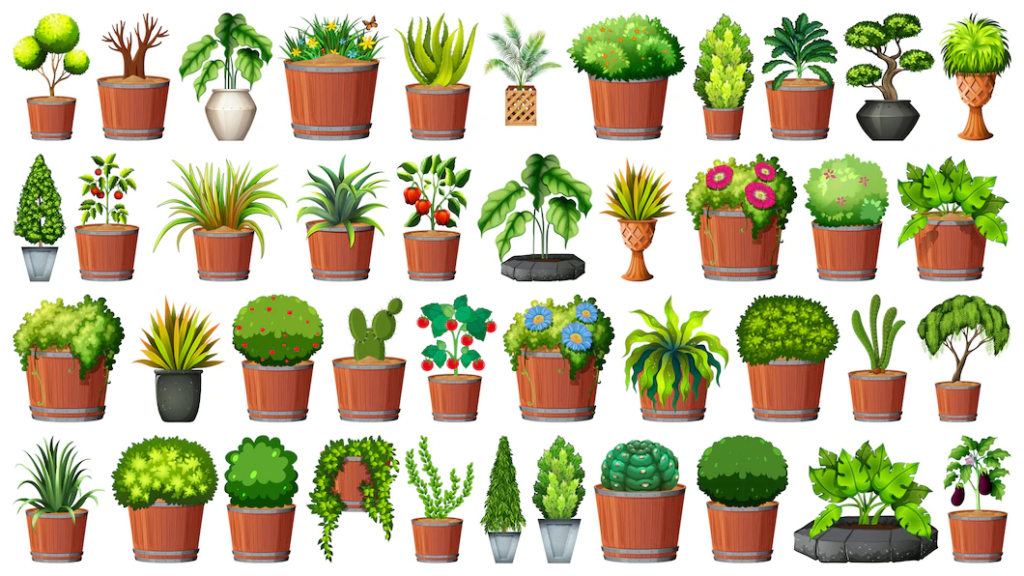
Also Read: Parts of a Flower
What are the 6 parts of plants for kids?
When plants grow into trees, they help provide shelter to animals. They help maintain the ecological balance. The part of the plant seen above the ground level is called the shoot system. Whereas the unseen part of the plant below the ground or soil is called the root system.
Let us take a closer look at the important parts of plants for kids to learn!
Roots
The roots are essential for the survival and overall health of a plant. They are found underneath the soil, and they help anchor the plant to the soil. The roots have tiny hair at their ends that absorb water, minerals, and other important nutrients essential for the plant to grow. They also act as a food storage system for the plants. Different plants have different types of roots. The two most important root systems are the taproot system and the fibrous root system.
Plants such as carrots, potatoes, and beets have a tap root system. These types of roots are long and grow vertically in a downward direction. Whereas plants such as grasses and flowers have a fibrous root system. Fibrous roots are shallower and perform the useful function of holding the soil together and absorbing important nutrients.
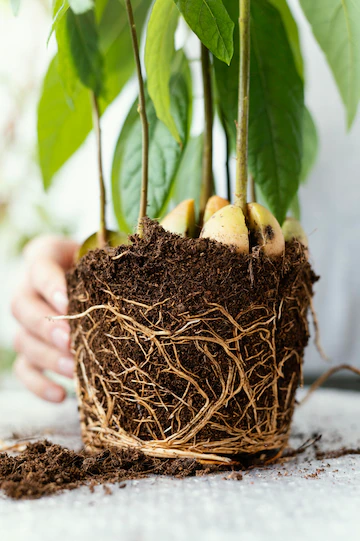
Stem
Stems are the part of the plant that are seen above the soil. They help support the plant structure and hold them upright. They act as an important transport system, carrying nutrients, sugar, and water from the soil to the rest of the plant. Xylem cells in a stem carry water, whereas phloem cells in a stem carry food. Some flowering plants have a soft and bendy stem, while others such as trees, have stems in the form of a trunk, which is strong and woody.
Stems form the shoot system of a plant. They bear the leaves, fruits, and flowers and are seen growing above the soil. The part of the stem from the leaves that arise is called nodes. The part in between the nodes is called internodes.
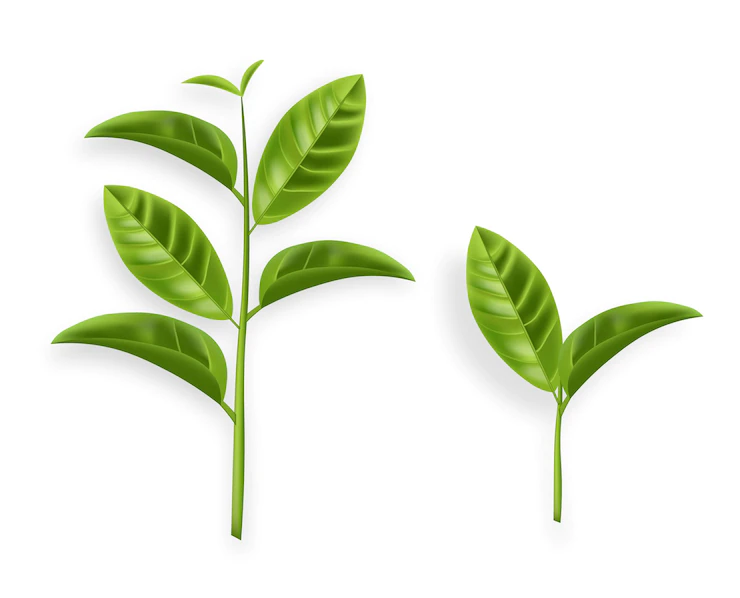
Leaf
Leaves are where food is made through a process called photosynthesis. The green-colored substance called chlorophyll in the leaf absorbs sunlight, water, and carbon dioxide to prepare food and oxygen for the plant. This food is created in the form of glucose or sugar. Leaves have a waxy coating called the cuticle, which protects the leaves. The three parts of a leaf are called the petiole, the leaf base, and the lamina.
- The petiole exposes the leaf blade to wind and keeps it cool.
- The leaf base is the protruding part of a plant that connects the leaf to the stem.
- The lamina is made up of veins and veinlets supporting the leaves and transporting important nutrients.
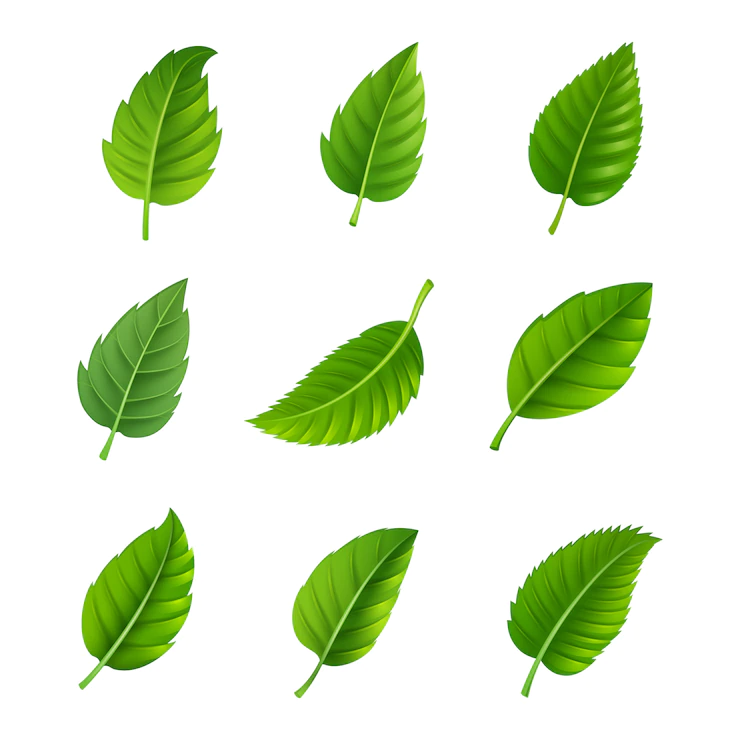
Flower
Flowers are the most beautiful and colorful parts of a plant. More importantly, they are the reproductive unit of most plants and help produce seeds. A flower has four main parts.
- Sepals are the tiny green leaves at the base of a flower that protects the bud from damage.
- Petals are the colorful and fragrant part of the plant that attracts insects and birds for pollination.
- Stamen is the male reproductive part of the plant, which consists of an anther and filament.
- The pistil is the female reproductive part of the plant that consists of the stigma, style, and ovary.
Pollination is the process through which pollen grains are transferred from the male anthers of a flower to the female stigma of a flower. When the pollen lands on the stigma, it forms a tube that runs down the style into the ovary to create an ovule. Male cells are transferred to the ovule to fertilize it, leading to the creation of a seed. This process is called fertilization.
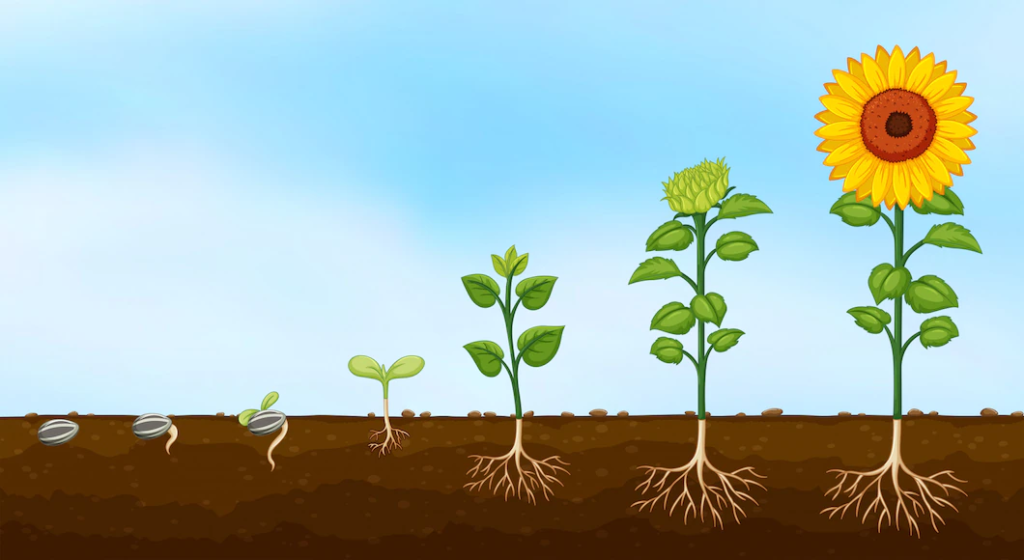
Fruit
Fruits are ripened ovules that develop after fertilization. They have a fleshy and hard exterior to protect the seed inside them. They are often the edible part of the plant, and they attract various animals because of their taste. This aids seed dispersal. Edible plant fruits such as apples, tomatoes, and pumpkins are nutritious and delicious. Fruits that develop without fertilisation through a process called parthenocarpy are called parthenocarpic fruits.

Seed
Seeds contain the embryo or the plant material required to grow into another plant. They are present inside the fruit till they are germinated. Seeds are protected by a seed coat and have one or two cotyledons. Cotyledons act as the main source of food for a baby plant until they can produce their own food through photosynthesis. They are also the first embryonic leaves of the plant.
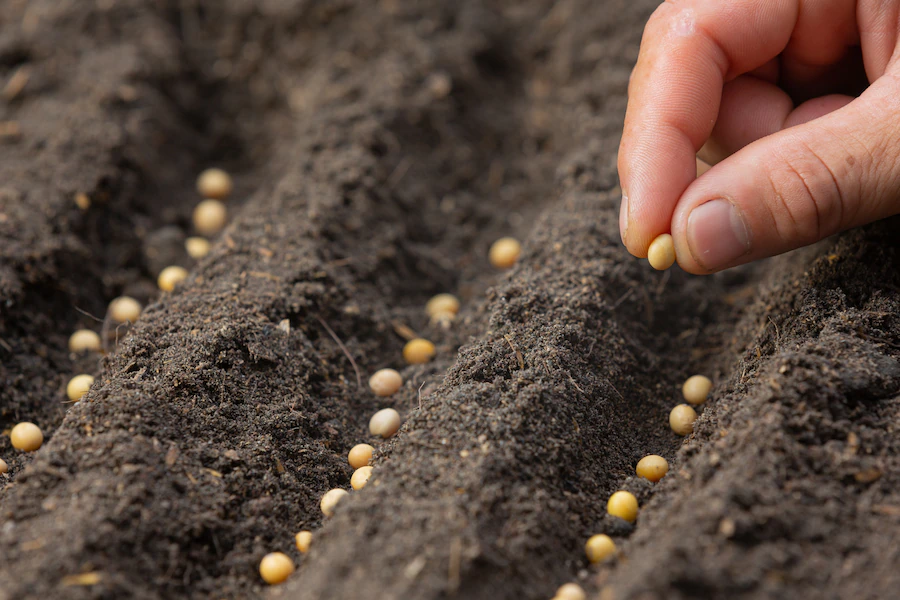
Conclusion
As you can see, each plant has six important parts called the root, stem, leaves, flowers, fruits and seeds. All of them are essential for plants and other organisms that depend on plants for survival. Check out more amazing facts and lessons on our website Cool Kid Facts!
